Ready to trade your desk with the electric lights of Osaka? Konnichawa, you are in the right place!
Imagine slurping down a delicious bowl of piping hot tonkatsu ramen, your laptop perched beside you with Osaka’s bright lights flickering in the background with thoughts of which izakaya you will visit tonight. Yes, this could be your lunchtime reality as a digital nomad in Osaka. I know, that a digital nomad just sounds like a whimsical term for people who just take extended holidays with their laptop, but with the introduction of Japan‘s new digital nomad visa in April 2024, the world is recognizing that this way of life is here to stay. There is no better time to consider becoming a digital nomad in Osaka.
Why Osaka you ask? It’s got wifi faster than bullet trains, very low levels of crime, and a central location that makes exploring Japan easier than finding a 7-11.
So, whether you call yourself a digital nomad, expat, traveller or just someone who likes to have an exotic Instagram feed, this guide has all you need to plan your move to Osaka. I will share facts, figures and my own personal experiences.
You’re gonna be saying sayonara to your old life and what-ifs after you finish this guide. Let’s go!
Blog Contents
- Why choose Osaka as a digital nomad in Japan
- Accommodation in Osaka
- Breakdown Of The Costs Of Digital Nomading In Osaka
- Summary of Costs of Digital Nomad in Osaka
- WIFI Speeds In Osaka
- Coworking Cafes In Osaka
- Weather In Osaka
- Digital Nomad Visa Japan
- Osaka Safety
- How To Meet Other Digital Nomads In Osaka
- Conclusion
- Frequently Asked Questions
Why Choose Osaka As A Digital Nomad In Japan?
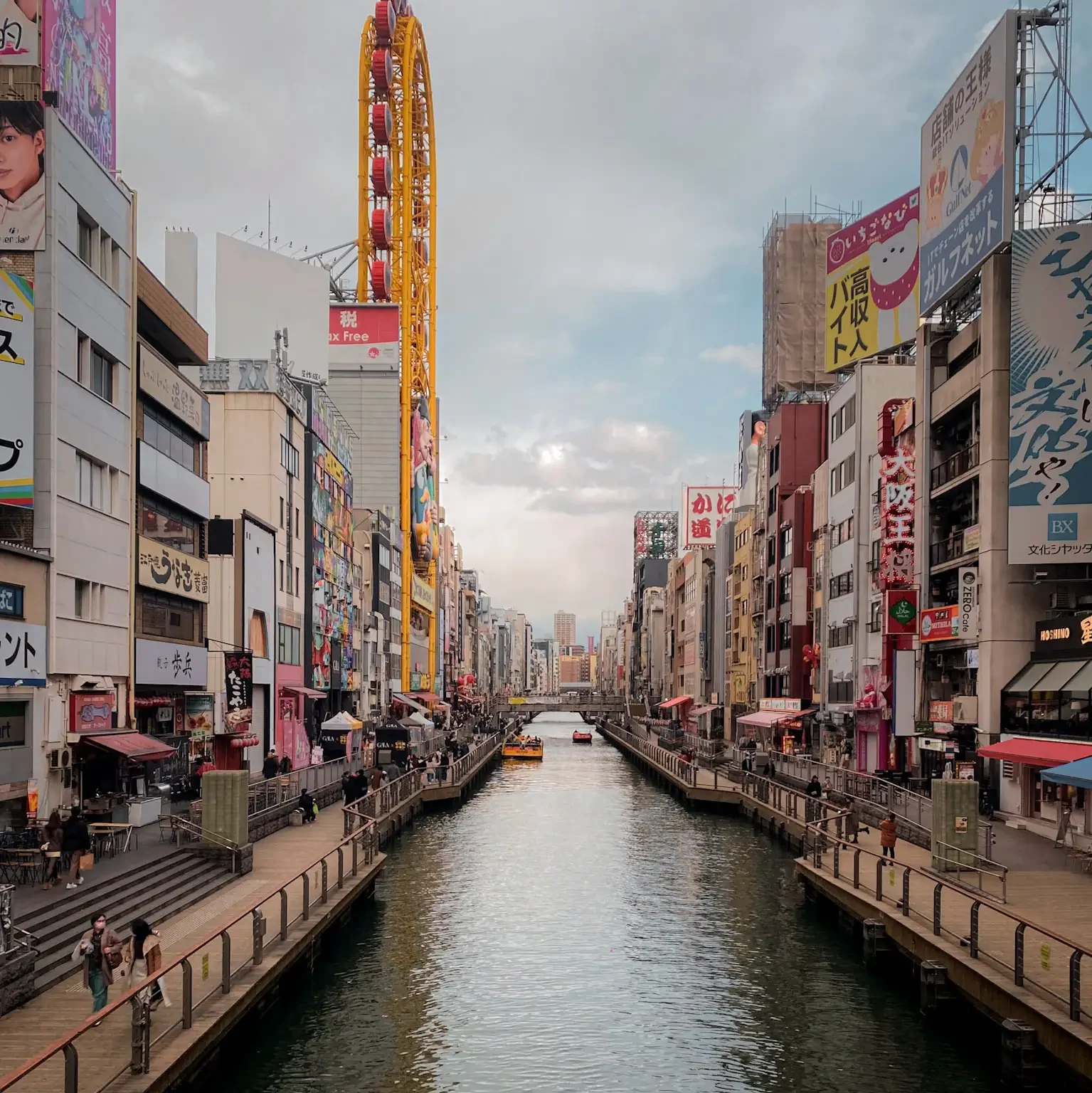
Osaka is an exciting, culturally enriching, and laid back city to live in as a digital nomad. A modern metropolis mixed with traditional Japan, I instantly fell in love with Osaka during my time there and believe it is the best city in Japan for digital nomads. I’m not alone on this; Osaka was voted the 10th most livable city in the world. The locals are warm, friendly, and have a killer sense of humor! A large number of Japan’s comedians are actually from Osaka.
For me, remote working in Osaka ticks most livability desires;
- Amazing food – it’s the food capital of Japan after all. The street food scene is strong.
- Excellent transportation – the metro and bus networks are fast and affordable.
- Safe – a very safe city with minimal crime levels, ranking as the 3rd safest city in the world with a crime index of 91.9. As a society, Japan is a respectful and orderly place, which significantly reduces the occurrence of crime.
- Fun – from the electric lights of Dontonburi, the retro world of Shin-Sekai, and the trendy Amerika Mura to Universal Studios and Minoh Park, there are so many fun things to do in Osaka.
- Osaka’s central location makes it a perfect base for exploring other parts of Japan.
What To Expect From Daily Life In Osaka
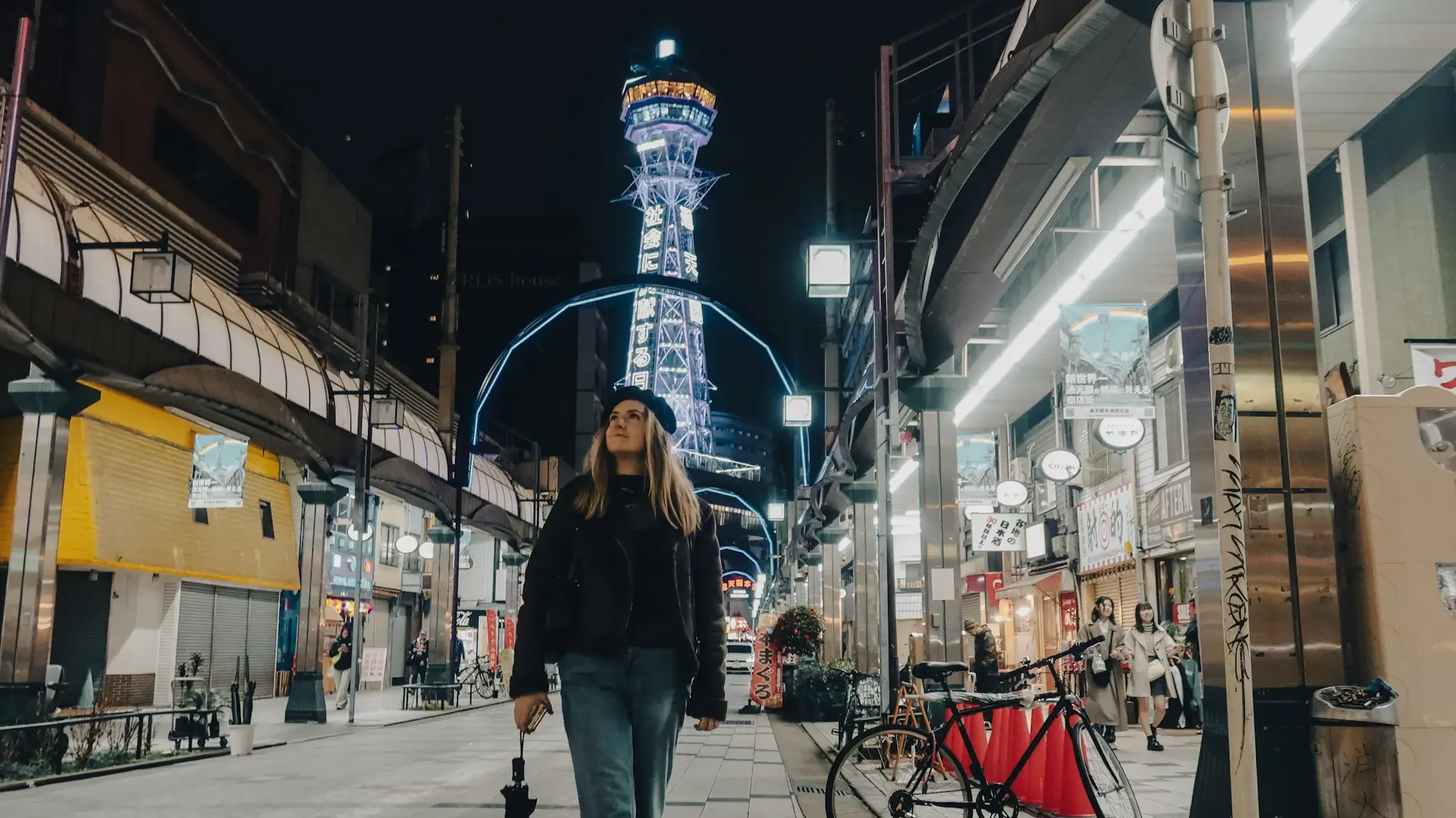
Quiet
The first thing we noticed when we arrived was how quiet the streets were. I suddenly became conscious of the volume of our voices when out in public, finding myself almost whispering outside of the main city centre areas to ensure I did not ruin the tranquil atmosphere. Japan in general is very quiet, no one wants to disturb others but I have to admit it took me a while to get used to this.
Elderly Population
Another element of life in Osaka that will likely be different to your home is the substantial elderly population. With an impressive average life expectancy of 83 years, the elderly population is remarkably noticeable. During the day I would often notice that we were surrounded by all elderly people. This is in no way a negative, just merely an observation.
This was especially evident in areas like Nishinari, where shops catered primarily to the elderly. Nishinari ward is not a central ward, this won’t be as noticeable in the more central areas of Osaka.


Karaoke
Karaoke in Japan is a big deal, deeply ingrained in the culture! While you are out and about expect to hear middle-aged men harmonising in karaoke bars, admittedly not all are in tune but it is fun to witness. I encourage you to try it out for yourself for an unforgettable experience.
I was totally anti-karaoke before visiting Japan, usually instilling a sense of fear me I would rather walk on glass. It is actually so much fun, no one takes it seriously or comments on any missed notes, in my case that would be the whole song. Japan has small karaoke bars or larger establishments with private booths.
Shopping Streets
Although dying out across most of Japan, Shopping streets/arcades are thriving in Osaka. These are long stretches of covered streets with shops, izakayas, gaming arcades, post offices and cafes. The most popular ones in Osaka are Shinsaibashi-suji Shopping Arcade and Tenjinbashi-suji Shopping Arcade but there are hundreds of other ones across the city.
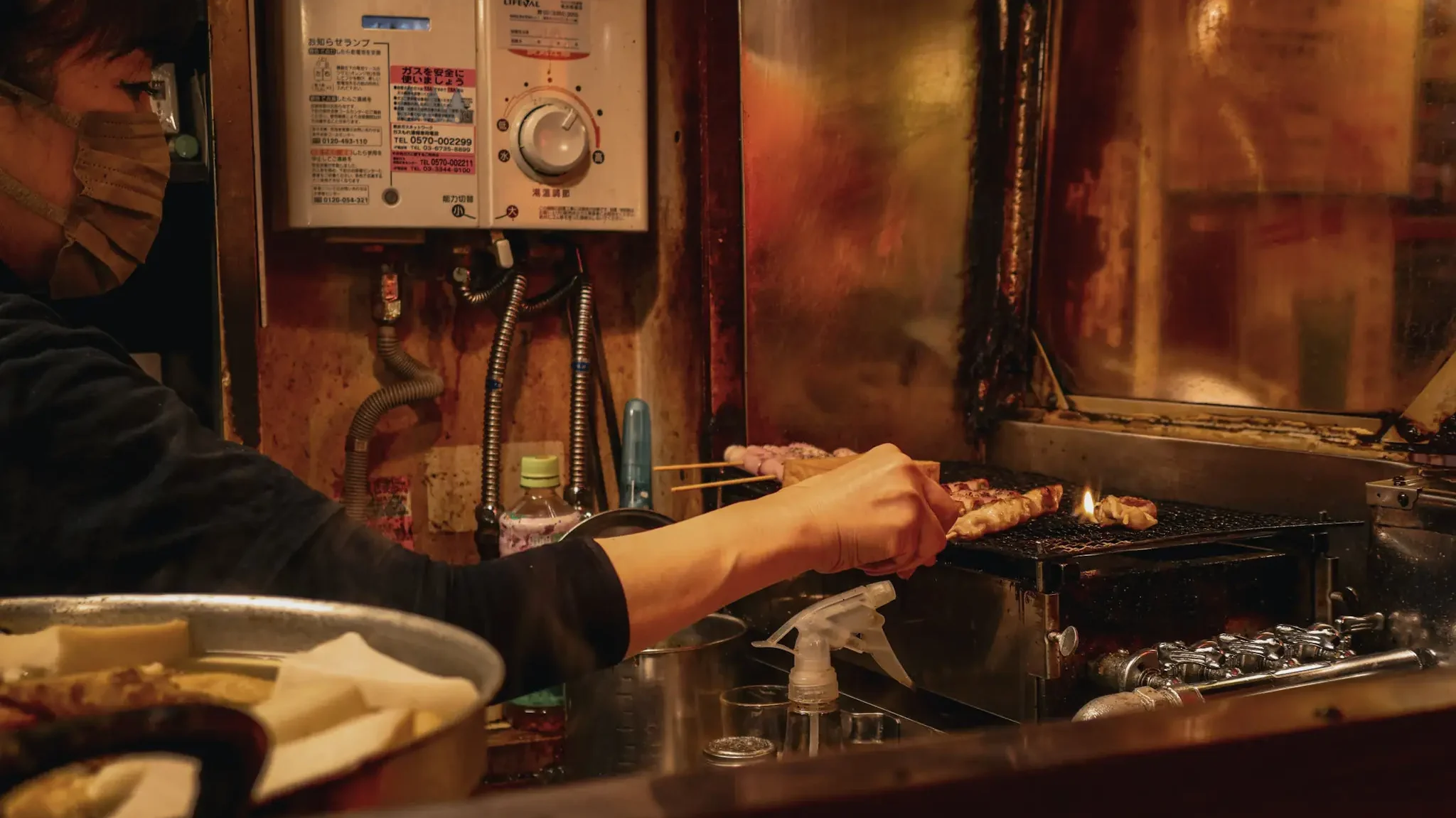
Restaurant Reservations
Not gonna lie, this was a tough one to deal with. Most restaurants in Osaka do not have an online reservation system, you usually just show up and join a queue from anywhere between 20 minutes to 2 hours. From around 5 pm, you should notice queues forming outside restaurants.
This wasn’t for me, I have a 30-minute window until I get hangry so I would usually just keep wandering until I found a quieter place. Some, but not all restaurants use the Tablelog app.
Customs + Etiquette
Japan has so many rules that as a foreigner it can seem overwhelming. As a society Japan places a lot of significance on respect, however, locals generally understand that us visitors don’t mean to cause any offence. These are a few basic rules to follow:
- Bowing when greeting and saying thank you.
- Eating and drinking while walking is not accepted. Street food stalls will have a dedicated eating area.
- You are responsible for your own rubbish, public bins are rare so it’s good to bring a dedicated bag for rubbish when out for the day.
- Keep noise to a minimum in public spaces.
- Take off your shoes before entering houses, temples, shrines and some restaurants.
- Tipping is viewed as offensive instead, say “Gochisousama deshita” – thank you for the meal.
Accommodation In Osaka
Best Areas To Stay In Osaka As A Digital Nomad
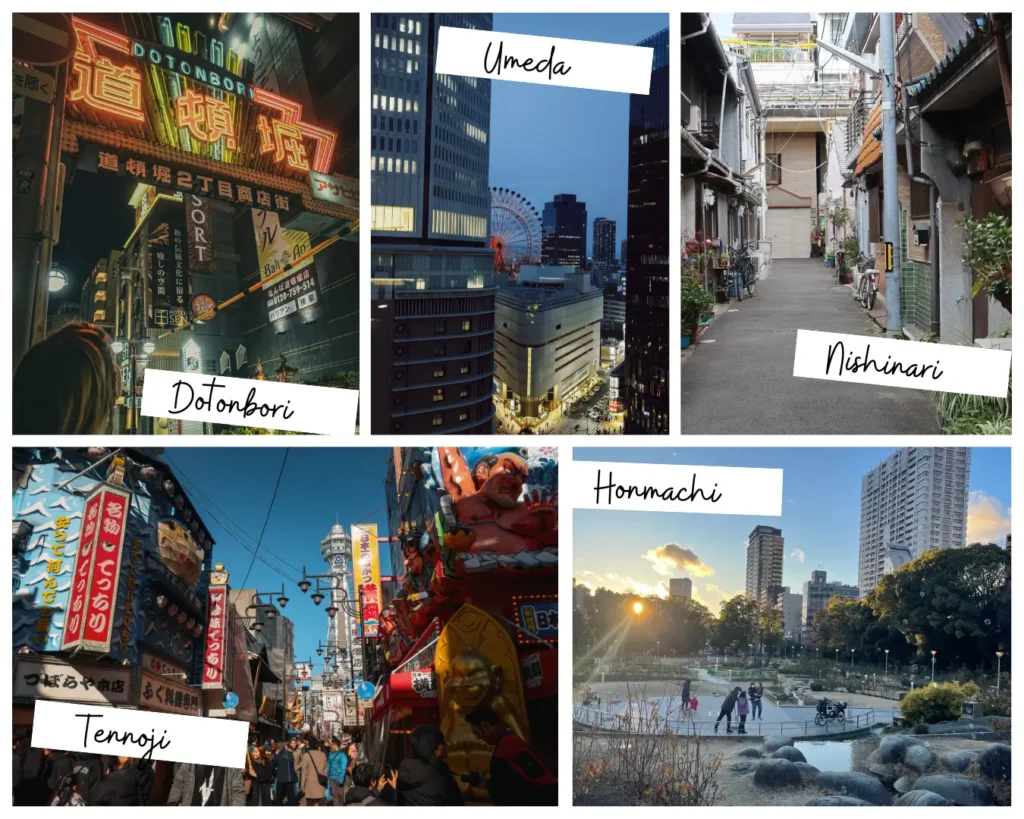
The big question and the most important thing to figure out when moving to a new city is what area you are going to stay in. Osaka is split up into 23 different wards, all of which are well connected by the city’s excellent transport system.
1. Minami Ward (Namba / Dotonbori)
The heart of Osaka, also known as the entertainment district. This area has a thriving nightlife, restaurants, street food, and shopping. The Shinsaibashi shopping district is close by; this is a 600-metre stretch of boutiques, international high street brands and eateries, all under the cover of a roof. If you are a night owl, this is the best area to stay in Osaka.
Highlights: Dontonburi, Amerika-mura, Kuromon Ichiba Market, Honzen-Ji temple, Shinsaibashi shopping street, Namba Parks.
2. Kita Ward (Umeda)
Umeda is the business district of Osaka. Surrounded by skyscrapers, shopping malls, and upscale dining options, Umeda is glamorous. Umeda train station is also located here, this is a major transport hub where Shinkansens depart for destinations all over Japan. For anyone looking to travel a lot during their time in Osaka, Umeda is a fantastic option.
Highlights: Umeda Sky Building, Hep 5 Ferris wheel, Pokemon Center.
3. Tennoji
After undergoing some redevelopment, Tennoji is known for its modernity. It is another central location, with the added benefit of being close to the must-visit Shinsekai. Compared to Kita and Minami Ward, Tennoji is a more affordable option.
Highlights: Shinsekai, Tsutenkaku Tower, Den Den town, Shitennoji Temple, Abeno Harukas, Janjan-Yokocho.
4. Nishinari Ward
South of Tennoji is the Nishinari Ward. Although not considered central it is just a 10-20 minute subway to the Kita and Minami wards. This is where we stayed, and we loved it!
The area was very local, and we often felt like the only tourists, but this was a great glimpse into an authentic Japanese life. Although we rarely saw other tourists, it was in this part of Osaka where a few locals waved and said hello on numerous occasions. This made me feel very welcome.
Highlights: Tsurumibashi Shopping Arcade.
5. Honmachi
If you are seeking calmness and centrality, Honmachi is a great solution. Similar to Umeda, Honmachi is a business district with a blend of modern office buildings and traditional Japanese architecture. It is within walking distance of Dontonbori and Osaka Castle.
Highlights: Midosuji Avenue, Yodogawa River.
Where to find a place to stay in Osaka
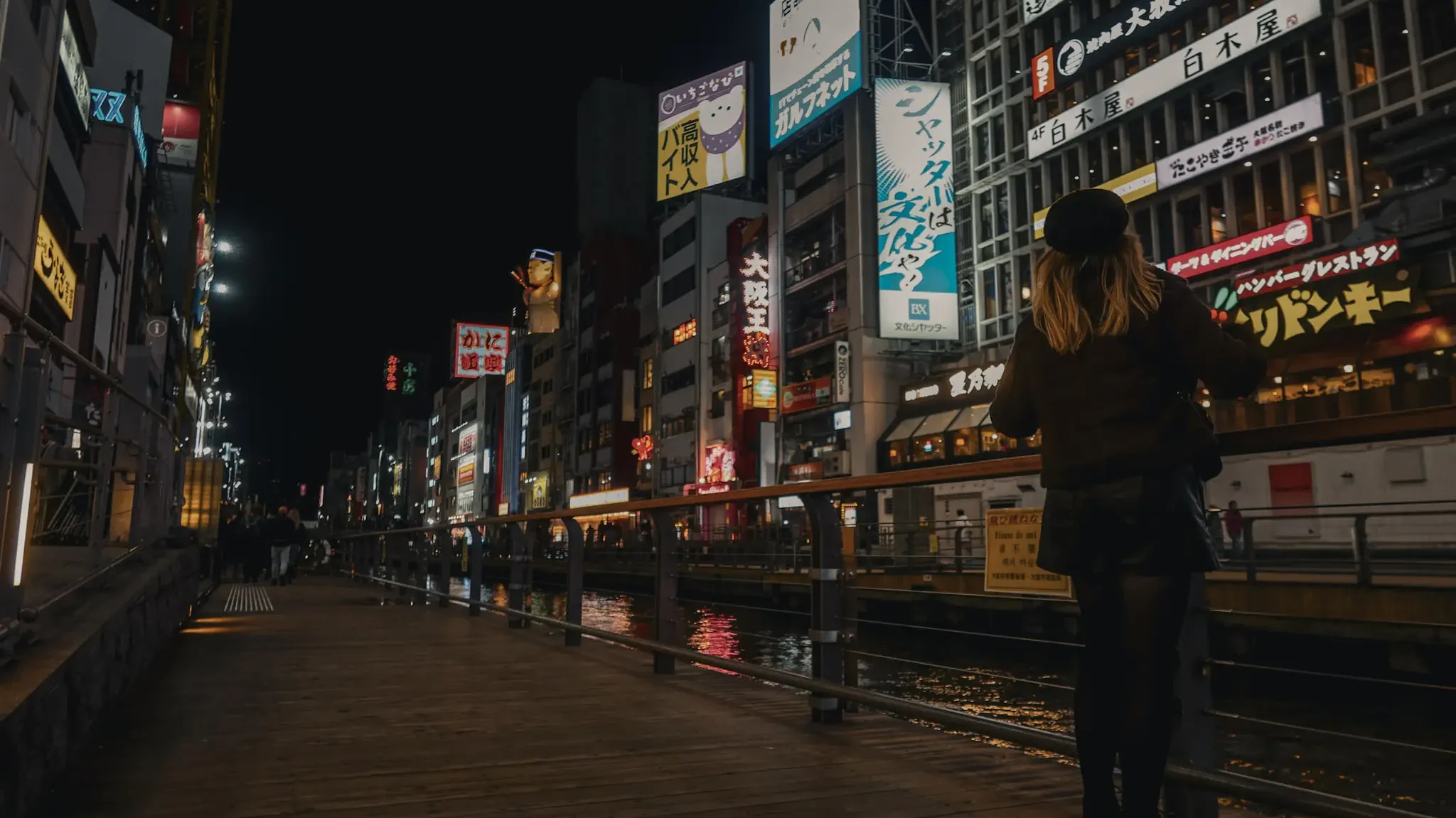
To preface this section it must be said that apartments across Japan are very small and usually basic. Most apartments will be a studio with a small kitchenette. The larger ones get booked pretty fast so I advise you to try and book well in advance to secure somewhere spacious.
1. AirBnb
As a digital nomad, Airbnb is typically my first port of call when looking for a place to stay. Although it tends to be the most expensive option it is easier to secure (see next point) and you can read real reviews from previous guests.
If you are staying for more than 28 days you can get a discount of at least 10% and a lower Airbnb service fee. It is worth noting that if you want to book for 2 or 3 months you just need to pay the first month upfront, and then the next instalment at the beginning of your second month and so on. It’s a common misconception that you need to pay all months upfront.
2. Short-term / Serviced Apartments
The reality is, foreigners in Japan have a hard time renting, many landlords and agencies will just not rent to foreigners. The reasons vary, but mostly it is due to the language barrier, fear of rent not being paid on time, tenants breaking the lease early, and cultural differences regarding cleanliness, noise and, even the possibility of wearing shoes in the house.
Although it is unfair, Japan does not have laws prohibiting discrimination. Thankfully, there are a few agencies that are happy to rent to non-Japanese. You will usually need to pay a small guarantor service fee, proof of funds, and proof of appropriate visa length.
I personally think this option is too time-consuming but it can work out cheaper than Airbnb. The following websites rent to non-Japanese.
- passage-apartment.com (3 months minimum, need to contact them first)
- frasershospitality.com (luxury)
3. Facebook
There are some great groups on Facebook for digital nomads in Osaka. You will find people looking for a roommate or landlords posting their property directly.
Some useful Facebook groups for short-term rent in Osaka are Japan Homes/Apartments For Rent Directly From Owners and Apartments For Rent In Japan.
Cost Of Digital Nomading In Osaka
Osaka is surprisingly affordable, just behind Tokyo and Kyoto in monthly costs.
The current exchange rate (2024) is $1 = ¥153.50. Cash is king in Japan, make sure to always have some on you.
Check out my tips for saving money while in Japan.
The next section is a breakdown of the monthly costs you can expect as an expat in Osaka. We are a couple who like to live comfortably and enjoy ourselves :).
Accommodation


Let’s start with the big one, accommodation. I already spoke about where to stay and where to find listings, now let’s look at the cost of accommodation in Osaka.
The average cost of an Airbnb listing in Osaka is ¥300,000 ($1,970) per month (including monthly discount) whereas the average cost of a private rental is ¥86,970 ($570) per month.
We stayed in a traditional Japanese house. This house included a small kitchen (pictured) attached to a living room, two tatami style bedrooms with two large beds in each room, and a bathroom with a separate room for a toilet and shower. The insulation was very bad, along with hearing every move our neightbour made, the house was impossible to heat, it was constantly cold. I would take this into account if you will be there in the winter. Located in the nishinari ward it cost $1,500 per month, including all utilities which we thought was a great deal.
Transportation
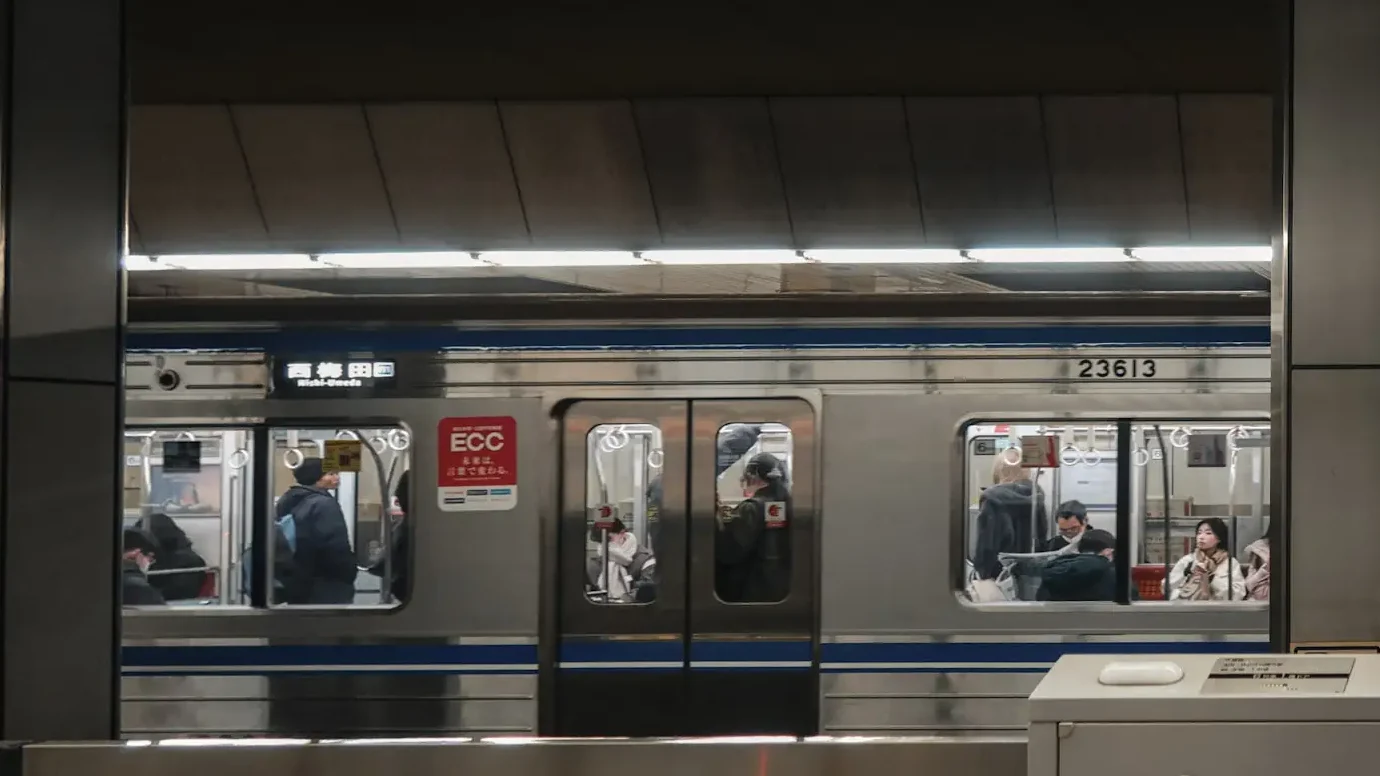
Getting around in Osaka is very easy, the subway is frequent and efficient, and along with bus routes and taxis, you have enough options. Buses and metros are not 24 hours, they usually run until midnight.
- Metro: fares are between ¥190 ($1.25) and ¥390 ($2.56) per ride depending on the distance. There are commuter passes available for a duration of one (starting at ¥7,930 / $52), three (starting at ¥22,610/ $148) and six months (starting at ¥42,830/$280). source: osakametro.co.jp
- Bus: flat fare of ¥210 ($1.37) per ride and 1 day pass ¥500 ($3.27). Commuter passes are also available, check the official Osaka bus website for prices.
- Taxi: the flat rate is ¥660 ($4.32) for the first 2km and ¥400 ($2.62) for any km after that. From 10 pm a late night charge of 10% is applied. For context, the distance between Umeda and Dontonbori is 5.3 km which would cost approximately ¥1,840 ($12.05).
Another option is to cycle, Osaka is a bike-friendly city with flat paths and well-connected streets. Many locals get around this way with the smaller roads remaining relatively car-free in favour of bikes. In addition, crime in Japan is very low, so low that bikes do not need to be locked.
Groceries
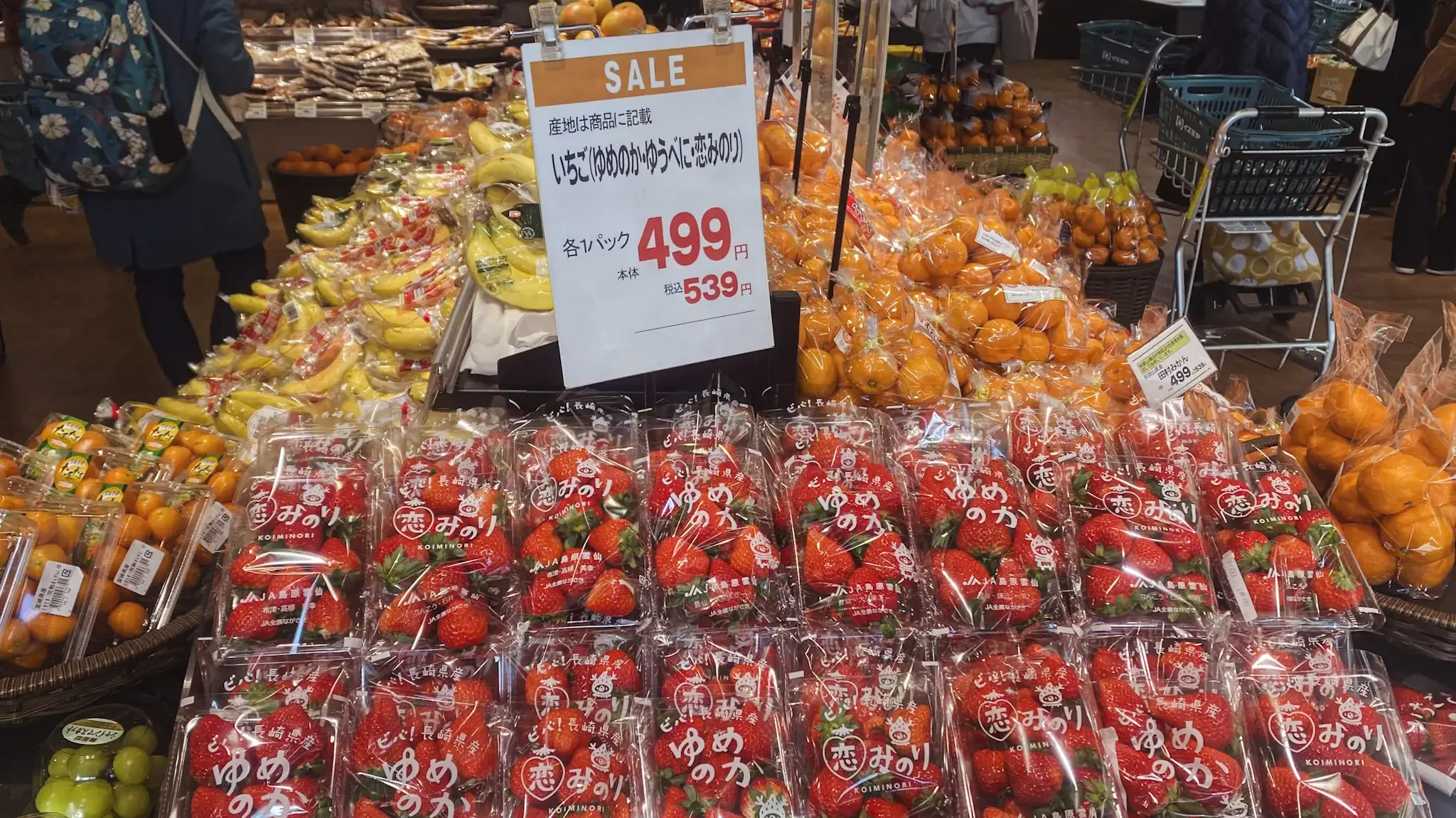
With the introduction of many delicious new food products, grocery shopping as a digital nomad in Osaka is so much fun. However, it can also be a difficult task to translate Japanese food labels. I used the camera mode on Google Translate to help but it definitely slows you down, especially if you need to check for any allergens.
I found there was not much variety, it’s mostly Japanese food with a lack of international options. On the bright side, you will learn how to cook lots of new local dishes. Additionally, it is very difficult to make nice gluten-free meals. I used gfguidejp.com along with this website as a guide when shopping.
We spent an average of ¥12,000 ($78) per week on our groceries. This includes meat, vegetables, coffee, toilet roll and ready meals for two people. Fruit and vegetables are more expensive than in Europe and America but adapting to homegrown produce rather than imported can help keep costs down.
Here are some examples of what you can expect to pay for typical items based on prices from the supermarket, Super Tamade. I found Super Tamade to be the most affordable grocery store in Osaka. Other grocery stores are Life, Tomibun and Ikari.
- 🥩 Meat:
- Chicken breast: ¥121 ($0.79) per 100g
- mince beef ¥213 ($0.40) per 100g
- 🥕 Veg:
- pack of 3 cucumbers ¥277 ($1.81)
- 1 bag of beansprouts ¥67 ($0.44)
- 1 bag of carrots ¥333 ($2.18)
- Japanese green peppers ¥193 ($1.26)
- bag of bananas ¥221 ($1.45)
- 🧀 Dairy:
- 1L milk ¥300 ($2)
- pack of 4 yoghurts ¥249 ($1.63)
- 100 g of butter ¥483 ($3.16)
- 6 eggs ¥150 ($1)
- 🛒 Other:
- 456g olive oil ¥1,504 ($10)
- 200ml soy sauce ¥383 ($2.50)
- 1kg rice ¥690 ($22.66)
- 80g instant coffee ¥667 ($4.50 )
Money Saving Tips
- For cosmetics and household objects, I strongly recommend visiting the ¥100 stores. These are discounted shops selling everything for ¥100. Popular chains are Daiso, CanDo and Seria.
- At approximately 8 pm every night the ready meals in grocery stores are discounted up to 60%, these will be marked with a yellow sticker. The meals are very nice and high quality.


Healthcare
The good news is that Japan has the second-best healthcare in the world, the bad news is that it is very expensive for digital nomads. Anyone staying in Japan for 3 months or longer is eligible for universal healthcare which reduces medical expenses by 70%. You will need to sign up for this at your local neighbourhood (ward) office. If you are staying in Japan for less than 3 months you need to have insurance to cover your medical expenses.
As an example it cost us ¥42,000 ($275) to visit an English-speaking GP in Osaka, this included a hospital referral letter, a medical report for the insurance and a prescription for a painkiller. The hospital visit then cost a further ¥75,000 ($500). This was a big unexpected expense for anyone so please make sure you are covered to avoid any nasty surprises.
The language barrier was mostly not an issue, the hospital had translation cards and the option for an interpreter, additionally the doctor we saw has excellent English.
The only negative to our experience was the hospital staff were suspicious that we did not have the money to pay the bill, we were escorted to the payment desk by 3 people in suits, and it was clear they thought we were going to run out the door. Aside from the payment part, our experience with Japanese healthcare was good with kind doctors and fast appointment times.
I recommend the Tokiwa clinic in Abeno, but you can also find a list of English doctors here.
Mental Health
The lifestyle of a digital nomad can often be lonely, the constant moving makes it difficult to forge lasting connections. This makes us susceptible to falling into a rut, heading in a downward spiral. If you need help with your mental health while in Japan I strongly recommend online therapy. It is so easy to set up, you choose your therapist and the appropriate time, and you will receive a link to join a video call. Better Help and Talk Space have a large number of therapists available.
It can be hard to access in-person mental health facilities in Japan due to the language barrier and limited availability of English-speaking therapists. Tokyo English Lifeline offers phone and in-person counselling in English.
Gym
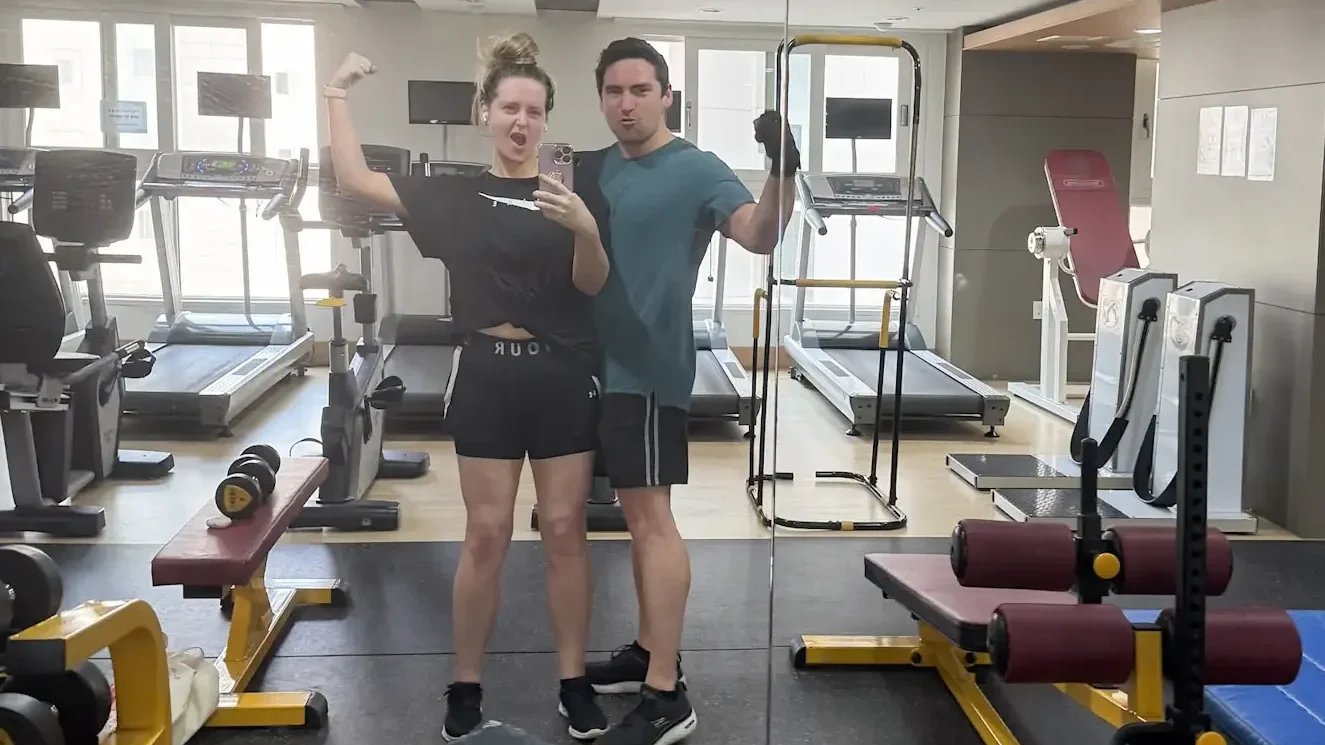
Going to a gym in a new country can be intimidating, especially in Japan where there are many rules to follow in everyday life. The gyms are no different with a few rules you need to adhere to:
- Tattoos must be covered
- Clean indoor shoes only, no outdoor shoes allowed
- Some gyms ban phones on the gym floor, so you will need to leave them in the locker.
The gym culture in Japan isn’t as established as countries like America, UK, Australia and Eastern Europe, if you lift heavy it might be difficult to find a gym with adequate plates, but will be able to get in a good workout. Japan has public and private gyms, the private gyms are more likely to have a better free-weight selection.
Public gyms are run by the city, have no membership, they operate on a pay-as-you-go basis and expect to pay ¥600 ($3.90) per session. These gyms tend to have older equipment but have what you need for a good workout. Below are a few central public gyms in Osaka.
Private gyms require a signup, are more expensive than their public counterparts but have a wider range of equipment and are very foreigner-friendly. Below is a list of some popular private gyms in Osaka.
- Joyfit ¥6500 / $42.60 per month (sign up through the app)
- Fit365 ¥3,300 / $21.60 per month
- Befit ¥3,300 / $21.60 per month
- Anytime Fitness ¥8,000 / $ 52.40 per month
- LifeFit ¥550 / $3.60 per session / ¥3000 / $19.65 per month
Lastly, if your budget cannot afford a gym there are so many gorgeous parks to exercise in, all for free! Osaka Castle Park, Nakanoshima Park, and Utsubo Park to name a few.
Eating Out


Going for a meal in Osaka can be as cheap or as expensive as you want, there is truly something for all budgets. From standing ramen bars and lively izakayas to high-end sushi restaurants, digital nomads in Osaka can find mouth-watering meals without breaking the budget.
As a general guide, this is what you can expect to pay per person for classic Japanese meals.
- 🍜 a bowl of ramen: ¥900 ($5.90) per bowl and standing ramen bars can cost as little as ¥400 ($2.60) per bowl
- 🍣 sushi:
- mid-range sushi restaurants average between ¥2,000 ($13) and ¥6000 ($40), while higher-end sushi costs anywhere from ¥10,000 ($65) to ¥150,000 ($982) per person. Cheaper sushi can be found at conveyor belt restaurants called “Kaiten-sushi”, here you can pay between ¥100 ($0.65) and ¥1,000 ($6.55) per plate. The quality here is still excellent.
- Daiki-suisan is a delicious Kaiten-zushi chain.
- 🍢 yakitori: ¥300 ($2) to ¥500 ($3.30) in izakayas
- 🐙 Takoyaki: ¥400 ($2.60) to ¥600 ($4) from street vendors
- 🥞 Okonomiyaki: ¥1,000 ($6.55) to ¥1,600 ($10.50)
- 🍔 McDonald’s: ¥750 ($4.90) medium Big Mac meal
Do not shy away from Japan’s chain restaurants such as Coco Ichibanya, Yoshinoya, Katsuya, Isomaru Suisan, Bikkuri Donkey, and of course Ichiran, these chains offer delicious meals that are not only affordable but portions are generous. Prices at those chain restaurants average ¥900 ($5.90) per meal. Coco Ichibanya became my go-to curry house, the spice goes to level 20! 🔥
Osaka offers fantastic value for money, in total you can expect to budget ¥2,000 ($13) to ¥3,000 ($20) a day if you eat out for lunch and dinner.
I have some great cost-saving tips regarding food in my blog post 23 Ways to save money in Japan.
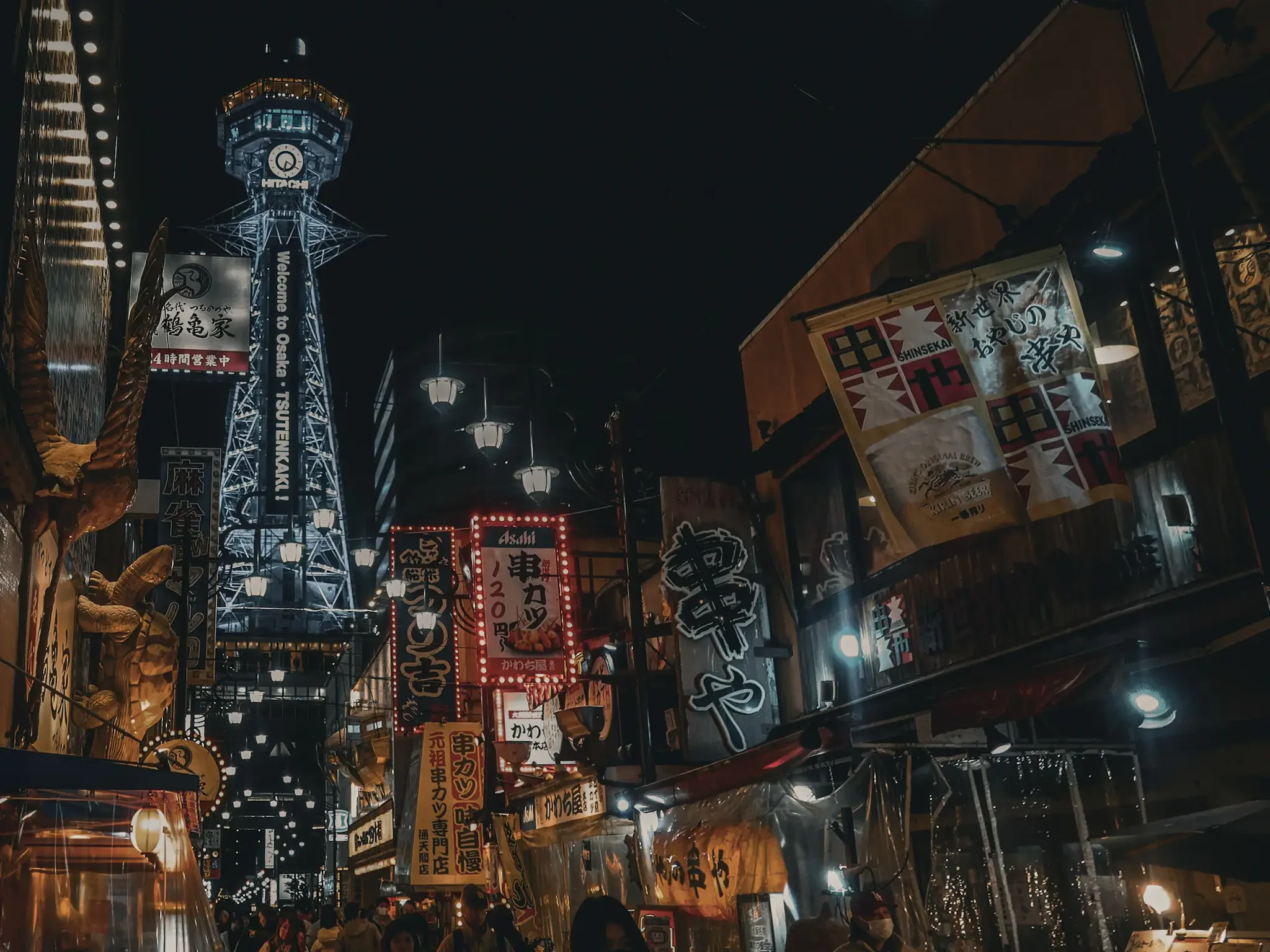
Mobile Plans
The best type of mobile plan for you depends on how long you plan to stay in Japan. If your stay is short I suggest signing up for a prepaid sim or if all you need is data then an e-sim. However, if your stay is long then signing up for a local mobile plan can be beneficial.
If your phone is locked to a specific carrier you will not be able to use an e-sim or prepaid sim.
1. E-sim
The simplest solution and my go-to is to download an e-sim to your phone. However, this will only give you mobile data, no phone number is included. An e-sim is always my solution as I use WhatsApp or Messenger to make calls. The e-sim providers I have had success with are:
- Airalo
- MobiMatter
- GomoWorld
For 20 – 30 GB of data expect to pay ¥2,800 ($18.30).
2. Prepaid sim
A prepaid sim is just a physical sim with a temporary number allowing you to make/ receive calls and connect to the internet. These can be purchased online, at the airport or convenience stores. Popular prepaid sim providers are:
- Softbank
- Docomo
- Y!mobile
- AU
Expect to pay about ¥3,000 ($19.65) to ¥8,000 ($52.40) per month for data and call allowance.
3. Local mobile plan
This is the best option for anyone staying long-term who can obtain a residence card. The contract term is typically 1 – 2 years and you might need to pay a termination fee at the end.
The main network carriers are Docomo, AU and Softbank.
A local mobile plan will typically cost ¥8,000 ($52.40) per month for unlimited data.
💰Summary of monthly costs💰
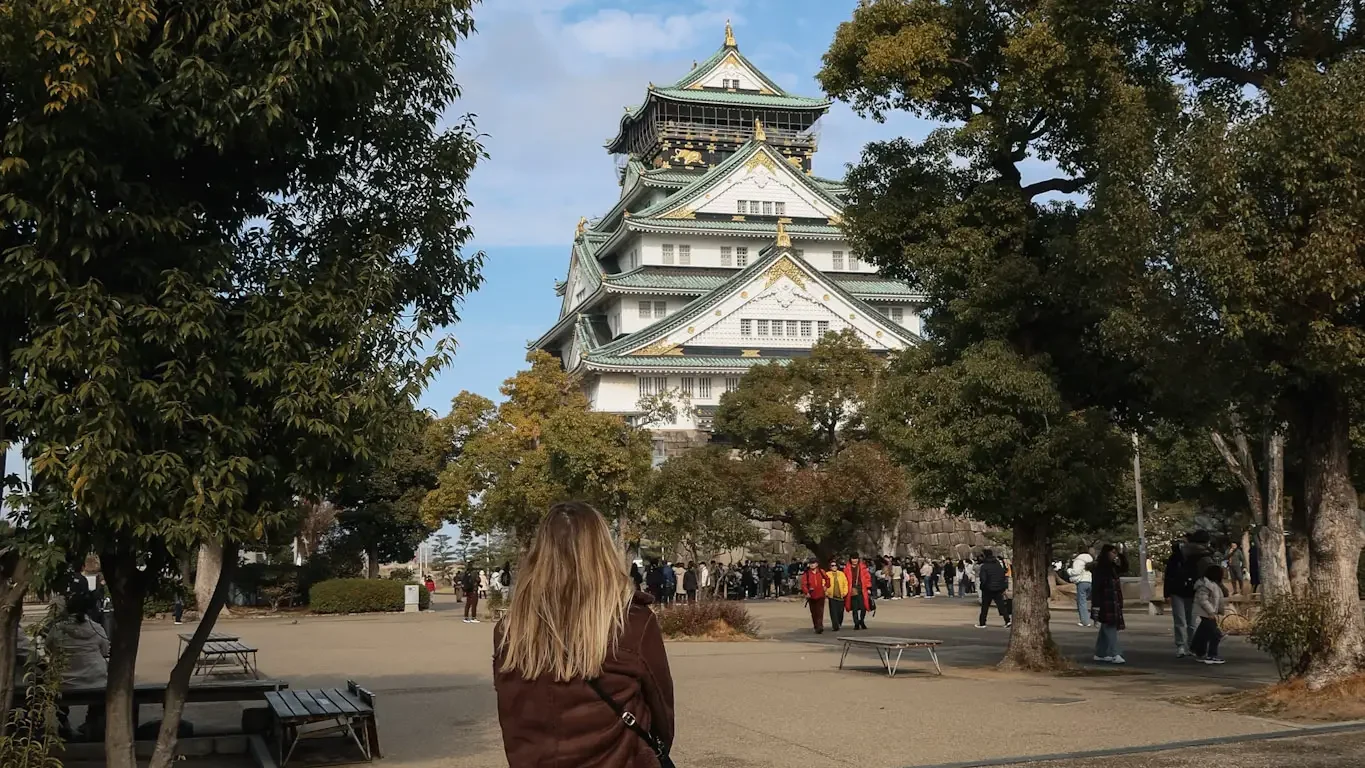
A realistic cost per month for digital nomads in Osaka is ¥360,000 ($2,300) per month. This figure is based on staying in a comfortable Airbnb, eating out 2 nights per week, obtaining a gym membership, and an unlimited mobile data plan.
- 🏠 Rent: ¥300,000 / $1,965 (Airbnb, includes utilities and enough space for a couple)
- 🚆 Transport: ¥8,000 / $52.40 monthly ticket
- 🛒 Groceries: ¥48,000 / $315 per month
- 💪 Gym: ¥6,000 / $40 per month
- 🍽️ Eating out: ¥16,000 / $105 per month
- 📱 Mobile: ¥8,000 / $52.40 per month
Miscellaneous costs not included in the above figure:
- 🏥 Healthcare: ¥30,000 / $200 for a GP visit with no NHI
- 🚬 Winston cigarettes: ¥600 / $4 per packet
- 🥂 Alcohol: ¥600 / $4 per pint, ¥500 ($3.30) per highball
- ☕ Coffee: ¥400 / $2.60
- 🚗 Car rental: ¥6,000 / $40 per day on Klook.com
Although you can survive in Osaka on a lesser budget, I believe ¥360,000 ($2,300) should help you set realistic expectations for a comfortable stay.
Wifi Speeds In Osaka
As a digital nomad fast wifi speeds are vital. Japan has the fifth fastest internet speeds in the world with an average of 42.77 Mbps. We never experienced any lagging or overall issues.
If you get tired of working in your apartment, Osaka has many co-working cafes to work from with fast wifi.
Coworking Cafes In Osaka
The downside to remote work in Osaka is that if you’re not careful it can be a lonely life. I strongly encourage anyone working remotely to regularly visit co-working cafes. They are great places to meet like-minded people and not fall into an isolated rut.
So, where are the good co-working cafes in Osaka you ask?
Good Coworking Cafes In Osaka
ONthe UMEDA:
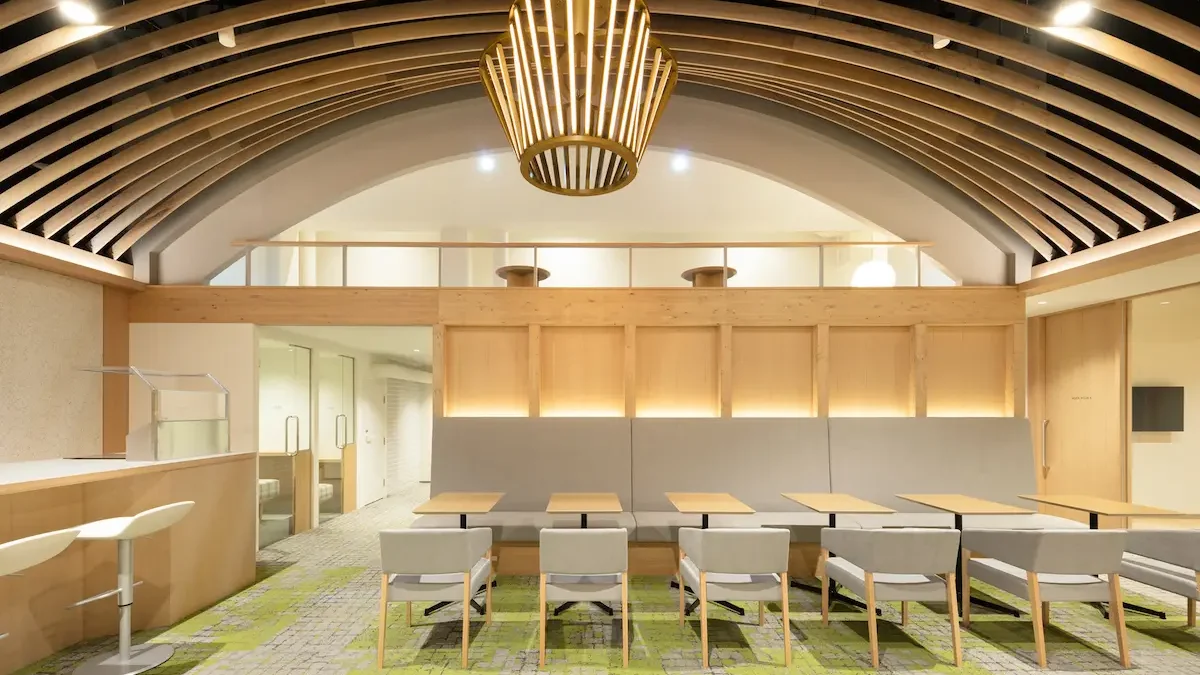
- Bright and spacious in the heart of Umeda beside the train station. Coffee and other drinks are included in the price.
- Price: ¥4,000 ($26) per day monthly plans start at ¥15,000 ($98) for 30 hours.
- Events: They host seminars and networking events which can help to meet people.
The Deck:
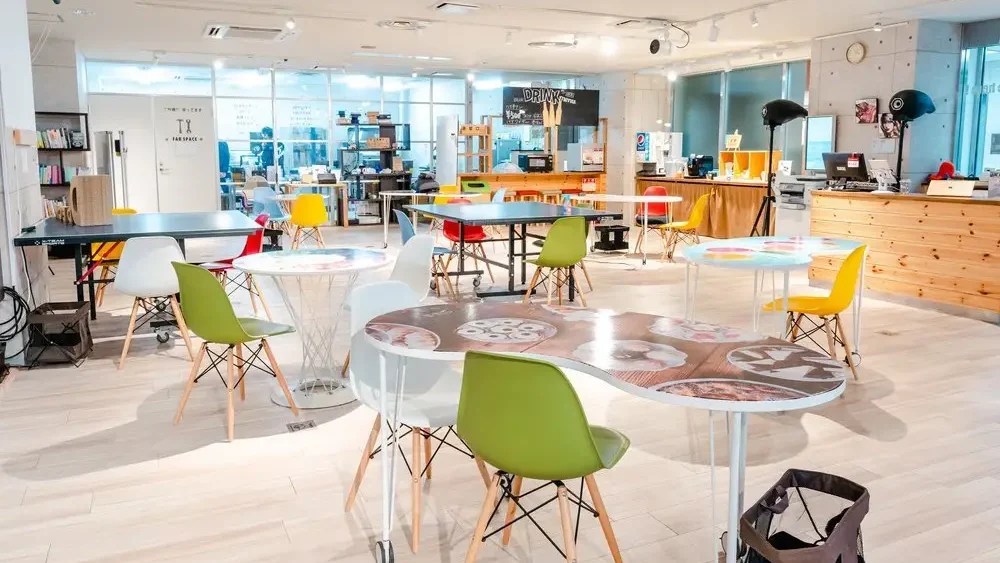
- Laid back and cosy atmosphere. Ability to use monitor, charger, keyboard and mouse. Drinks and snacks are included in the price. Also private booths for when you need to make a call.
- Price: ¥2,200 ($14.40) daily / ¥7,500 ($49) weekly / ¥14,080 ($92) monthly.
- Events: regular networking events along with parties.
CUE Workspace:
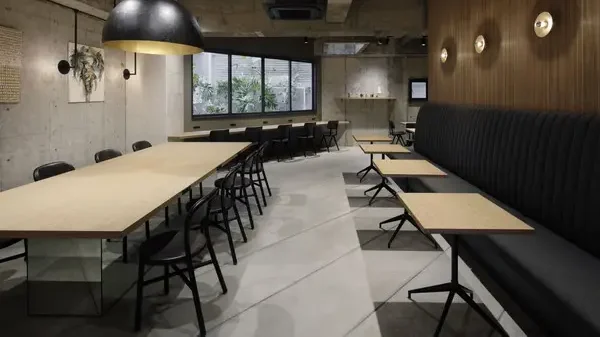
- Modern, calming and spacious area attached to an established cafe GRANKNOTcoffee
- Price: ¥2,750 ($18) daily (includes one drink) /¥16,500 ($108) per month
- Events: past events include a botanical and texture workshop.
Brooklyn Roasting Company:
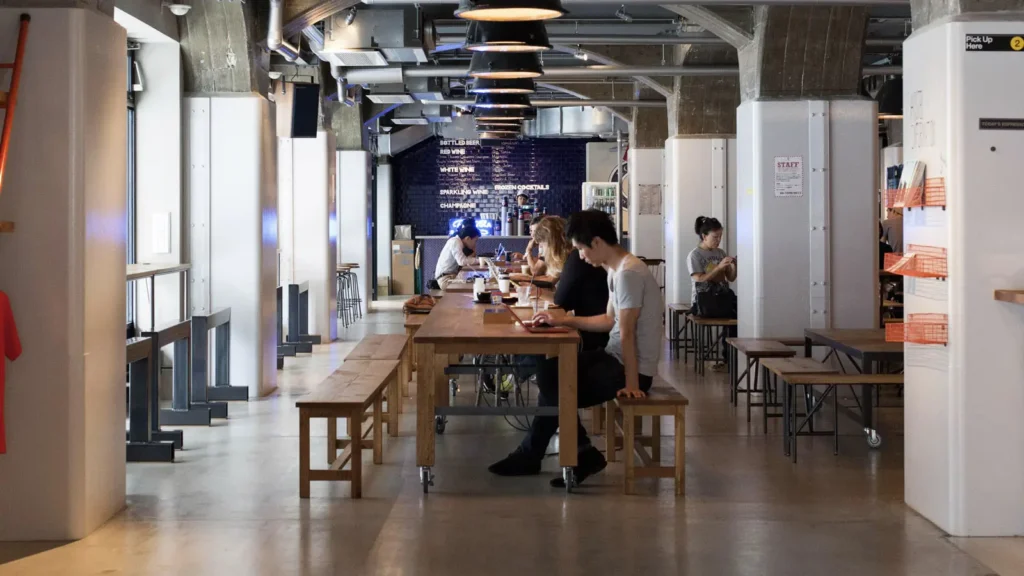
- This is just a cafe but is a nice spot for anyone needing a space to work for a few hours. It is not an official co-working cafe, just a regular one but most people are on their laptops.
- ¥500 ($3.30) for most coffee
Weather In Osaka
Osaka experiences 4 distinct seasons. The best time to visit Japan is widely stated as Autumn and Spring. Although the weather is more favourable during this time it is very crowded and prices are inflated. If you are staying for a few weeks/months consider travelling during winter. Snow is not common, temperatures can be cold but not freezing a cosy jacket is enough to be comfortable.
June, July, August and September are humid with the highest amount of rainfall along with some typhoons.
Digital Nomad Visa Japan
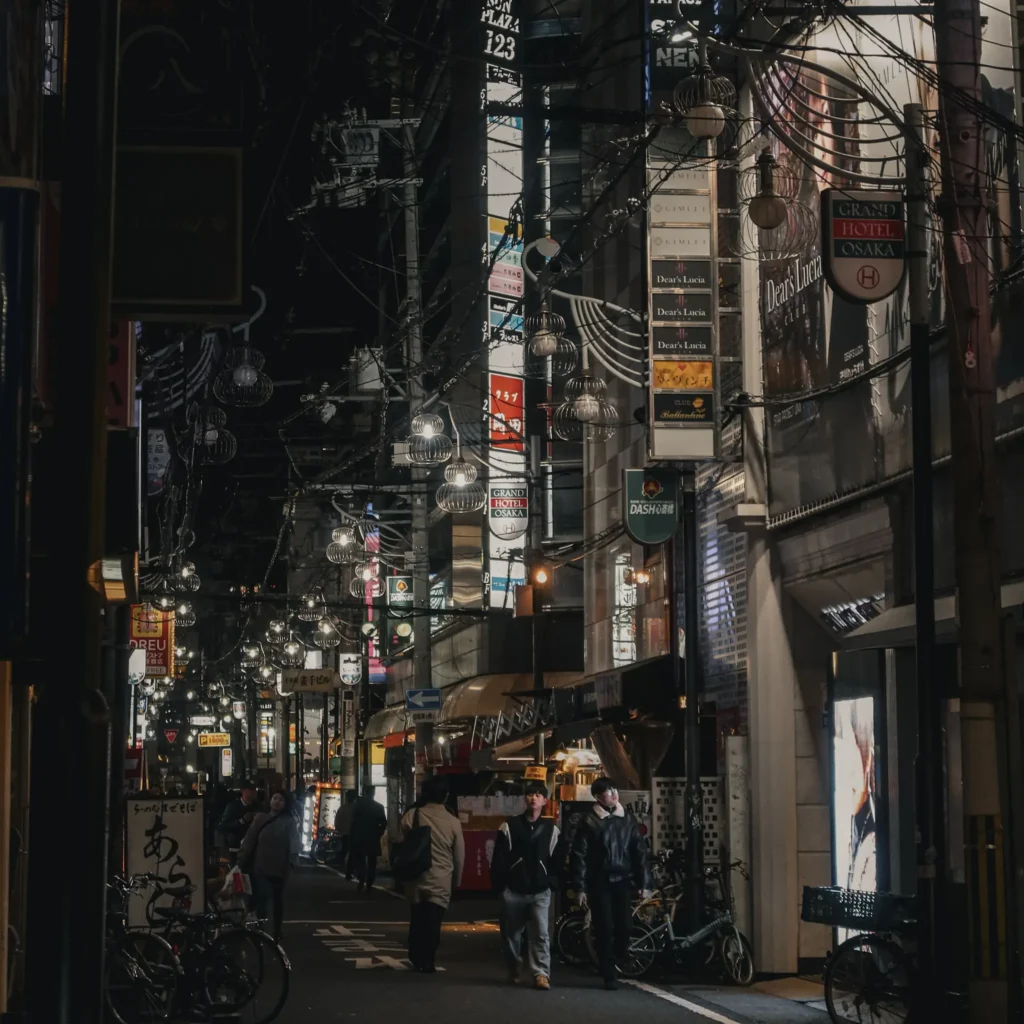
Japan introduced a new digital nomad visa in April 2024, allowing remote workers from 49 countries to stay up to 6 months. Great news but there are a few rules.
- must earn at least 10,000,000 / $65,493 per year
- your country must have a tax treaty with Japan to ensure you are not double-taxed
- Japan’s National Health Insurance (NHI) is not available to digital nomads; you must have your own private insurance.
- you can bring your spouse and children, however, please note Japan does not recognise same-sex marriage.
- You will need to fill out a visa application form, a Certificate of Eligibility and a planned activities/period of stay form.
Can You Work Remotely on a Tourist Visa in Japan?
You are not allowed to work in any capacity on a tourist visa in Japan. The short-stay / tourist visa is only eligible to those in Japan for “tourism, business, visiting friends or relatives, etc. that does not include remunerative activities“.
Now, does that mean that everyone sticks to the rules and no one is working remotely on a tourist visa in Japan? No, it doesn’t, but they are breaking the law and if caught could get banned from entering Japan for many years. Although it is unlikely you would be caught, the chance is still there.
Osaka Safety
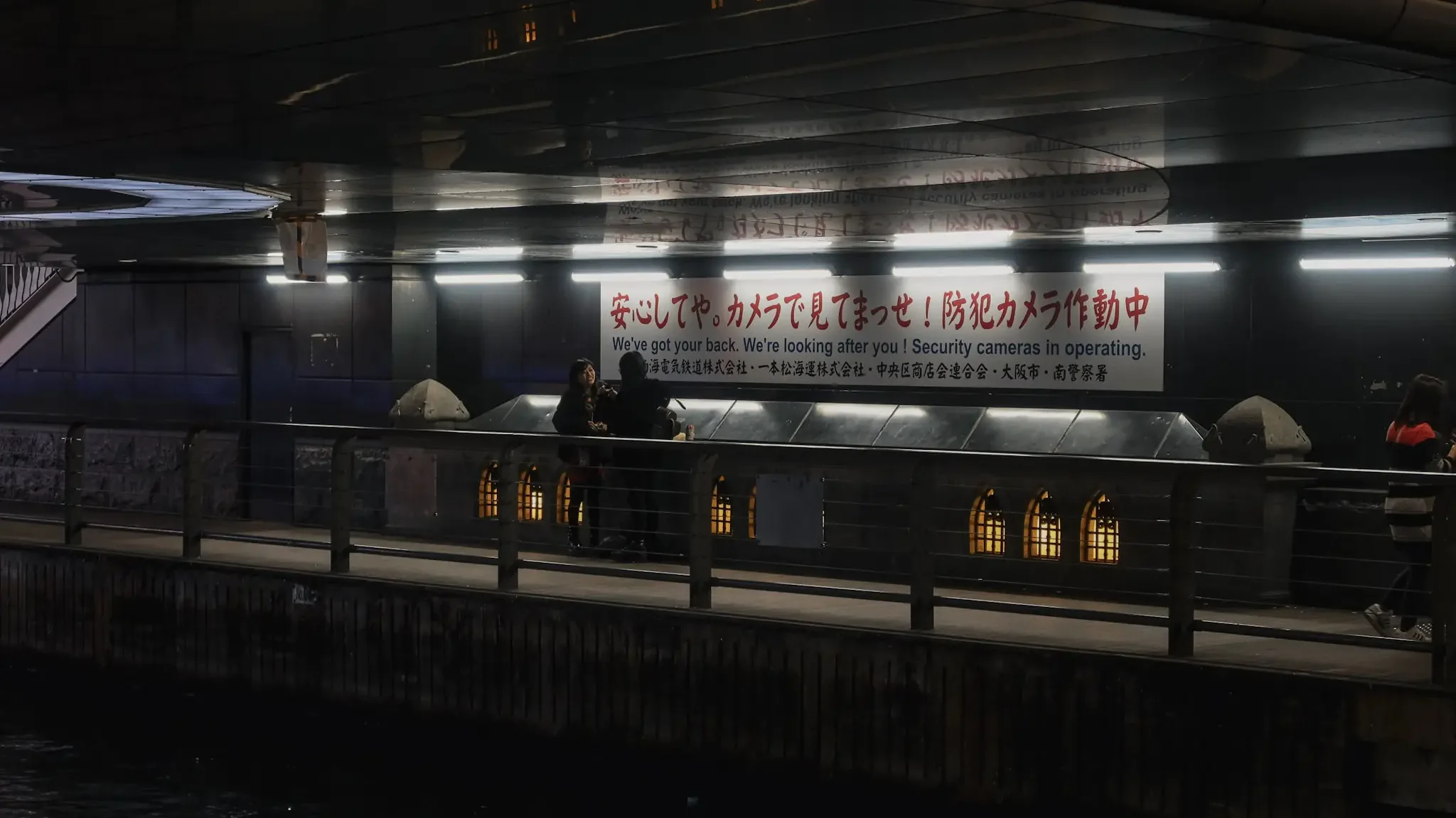
With a crime index score of 91.1, Osaka is Japan’s second safest city. Respect and order are embedded into Japanese society. This, along with a shame-based culture results in a super safe country with minimal crime.
On our first night in Osaka, at about 2-am blurry-eyed from jet lag. we were on our way to the local 7-11 when we noticed there were so many parcels left outside of shops, not only that but not one bike was locked up. I thought it was incredible to not have to worry about someone stealing your belongings.
The only thing I did notice, but it never caused any problems for us, was that on Sunday mornings we encountered many drunk males leaving karaoke bars around Janjan-Yokocho. Again, this caused us no problems but just something to note.
Aside from crime, Osaka is prone to natural disasters, located on the Uemachi Fault Zone, there is always the threat of earthquakes and tsunamis. Nevertheless, Japan is well-prepared for such an event with earthquake-proof buildings and an alert system. Typhoons and flooding can also occur.
Japan Safety Tips is a useful app to download, this will send alerts for any potential earthquakes and bad weather. Overall, if you are looking for somewhere safe you cannot go wrong choosing to remote work in Osaka.
How to Network and Meet Other Digital Nomads in Osaka
Unless you are staying in a hostel or have local contacts, meeting fellow digital nomads requires some extra effort. While Osaka’s digital nomad community may not be as established as those in Bali or Thailand, there are still ways to connect with fellow remote workers
With just under 100,000 foreigners Osaka has the largest foreigner population in Japan making it an awesome place to meet fellow travellers. Aside from going out and hoping for the best, where can you meet other foreigners?
- Meetup.com has weekly social events
- Facebook groups like Osaka — Parties, Events, Clubs, Nightlife, OSAKA NEW FRIENDS, FOREIGNERS LIVING IN OSAKA AND KYOTO frequently have people looking to make friends
- Language exchanges are an easy way to meet locals and practice Japanese. Websites such as tandem.net and mylanguageexchange.com are a great place to start.
- Izakayas are perfect for striking up a conversation, small with typically 6- 8 seats you never know who you could meet. It also is a fantastic place to chat with locals.
- Imagination Pika Space is a relaxed and intimate shisha bar frequented by travellers
- Food and pub crawls are great for socialising. There are many on Klook and GetYourGuide
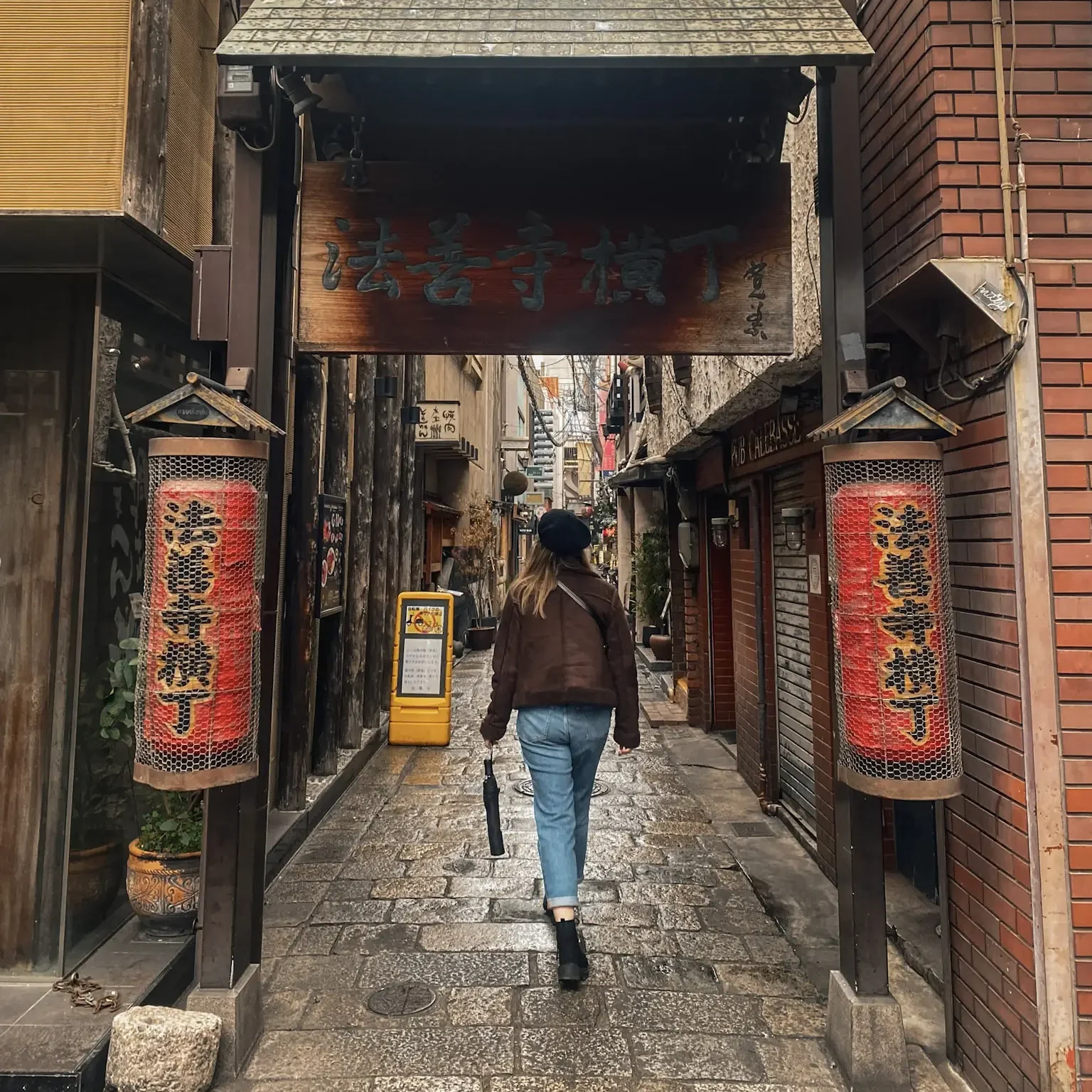
Conclusion
😀 Pros Of Being A Digital Nomad In Osaka
- Osaka’s central location means you can explore other incredible locations in Japan such as Kyoto, Nara, Kobe, Tokyo and Minoh Falls.
- The public transport is excellent with metro and buses along with bullet trains connecting you to iconic destinations in Japan.
- As the food capital of Japan, there are so many amazing restaurants and street food haunts to check out.
- The city is super clean and safe. It is very rare to see rubbish on the streets with locals respecting communal spaces. This extends to crime with a very low crime rate.
- It has the largest foreigner population in Japan increasing the likelihood of making friends with fellow digital nomads.
- Although expensive, the healthcare is incredible. Japan has an emphasis on preventative healthcare which is evident in the affordable public gyms, cycable roads, parks and healthy food options. You can really learn a lesson from how locals live which can benefit you forever.
- Last but not least the fast wifi speeds.
😔 Cons Of Being A Digital Nomad In Osaka
- Accommodation is not great value for money. Airbnb is the easiest option, though it tends to be more expensive.
- Healthcare is 3 times the cost for foreigners compared to locals. However, you can claim this back through your personal insurance.
- No anti-discrimination laws exist in Japan. This means you can be denied entry to establishments or services for simply just being a foreigner.
- The language barrier is tough, simple tasks like grocery shopping or ordering food can be awkward. Additionally, you can feel isolated from not being able to communicate when going about daily errands.
- Although Osaka is affordable it is more expensive than other cities in Asia such as Bangkok, Kuala Lumpur and Hanoi for example.
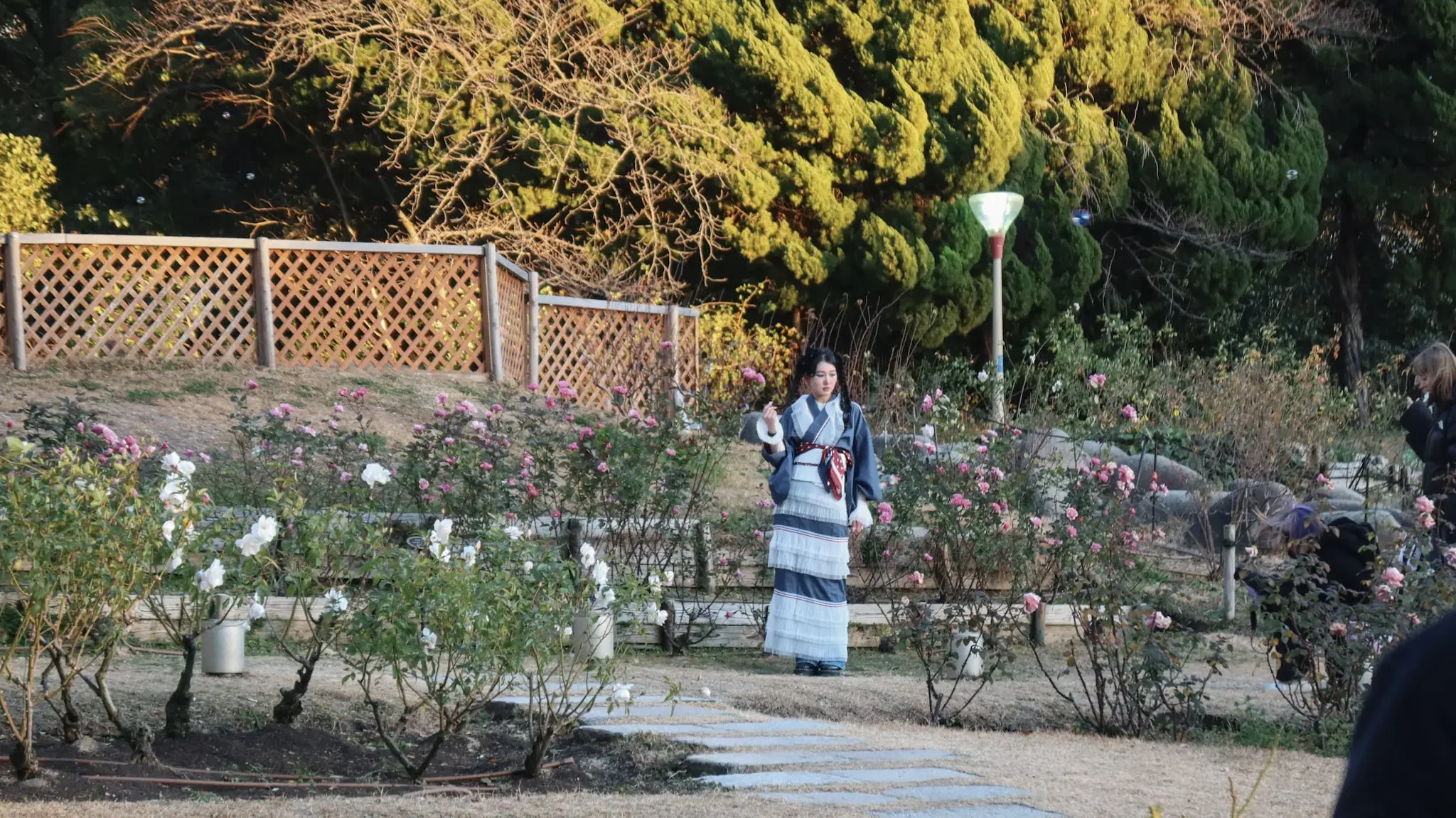
Frequently Asked Questions
Useful Apps For Travelling Japan
- Google Translate or DeepL translate, often I would switch between these (download Japanese to not waste your data)
- Go or Uber for taxis
- Apple Maps, I found it to be more reliable than Google Maps
- Table log for restaurant reservations
- Japan wifi auto-connect, works in the background auto-connecting to public wifi
- Xe for quick currency conversion
- Japan Safety Tips for Earthquake Warnings
Is Osaka Foreigner Friendly?
Overall, Osaka is welcoming to foreigners. Compared to Tokyo there is a laid-back vibe, it is not all business.
On a few occasions, locals said “Hello” to me with a cheery smile. I never experienced this anywhere else in Japan so in my personal experience, Osaka is the friendliest city in Japan.
It is worth pointing out that Japanese people are also very reserved, no one wants to disturb anyone so keep in mind any standoffishness is likely due to that or their lack of English. Understanding cultural nuances can improve your interactions with locals.
Is Osaka Or Kyoto Better To Be A Digital Nomad
From living in both Osaka and Kyoto, I believe Osaka is better for digital nomads. Kyoto is just a 40-minute train ride from Osaka.
Kyoto, although beautiful and steeped in culture, there is no denying it is overcrowded with tourists, this increases accommodation and restaurant costs. I found it difficult just doing simple things, going for a coffee or lunch was often frustrating due to overcrowded streets. I strongly recommend basing yourself in Osaka and spending 2 – 3 days in Kyoto.
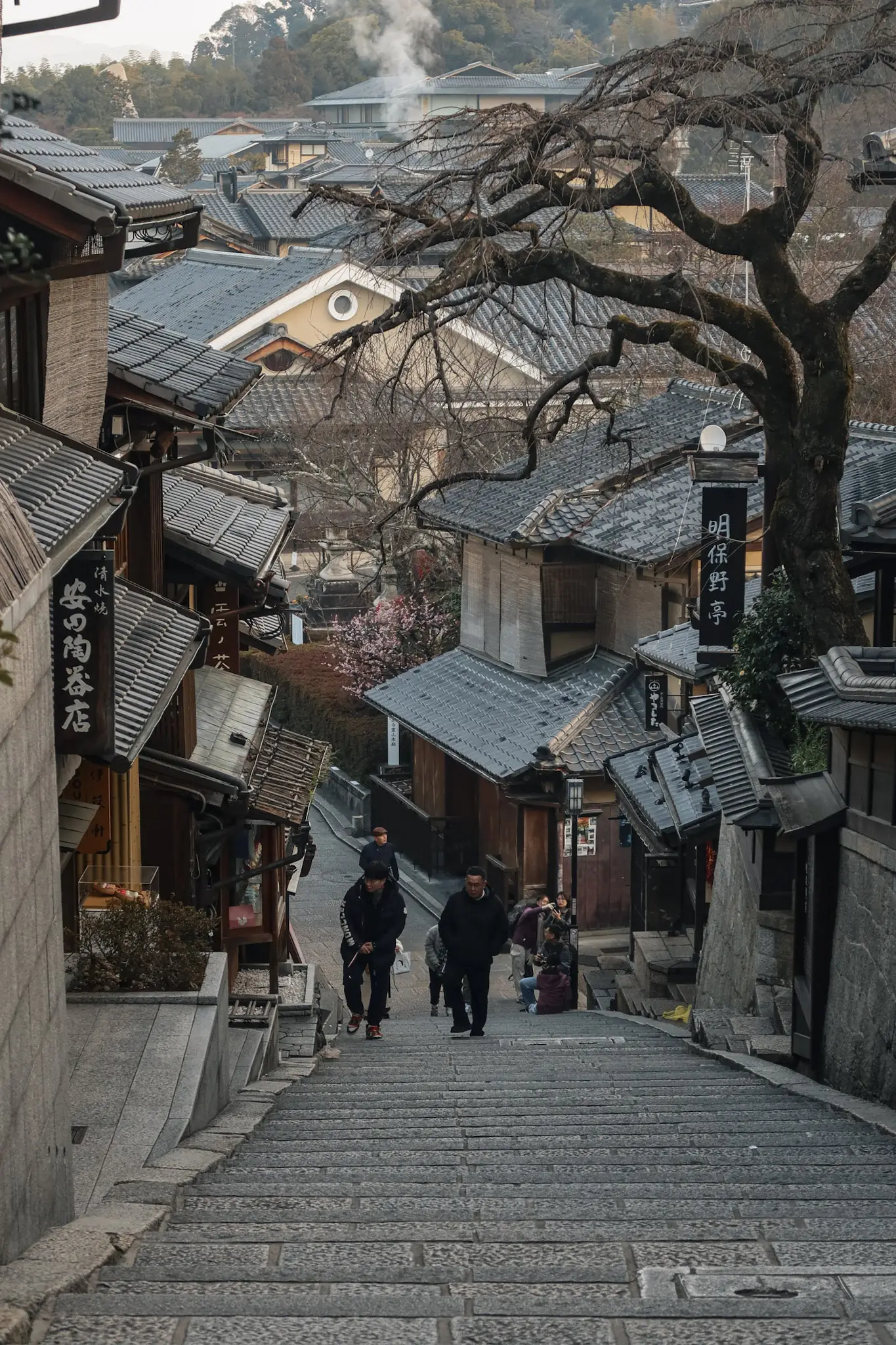
Any questions let me know in the box below or via my contact page.
I would love to hear from you if you are thinking of becoming a digital nomad in Osaka 🙂
Related Posts
23 Ways To Save Money In Japan
Prior to travelling to Japan, I was under the impression it was an extraordinarily expensive destination. Whenever I…
Hiking Fushimi Inari-Taisha | 2025 Guide
One of the most beautiful hikes I have completed is Fushimi Inari-Taisha. Situated on Mount Inari it is…
2 Days In Osaka Itinerary (with map)
Are you planning a trip to Osaka? This 2 days in Osaka itinerary with map, is perfect for…
31 Fun Things To Do In Osaka For First Timers (with map)
Neon flickering lights, electric energy and so much good food, is how I would summarise Osaka. A modern…
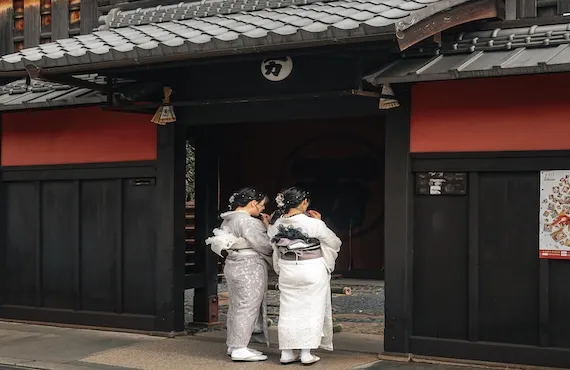
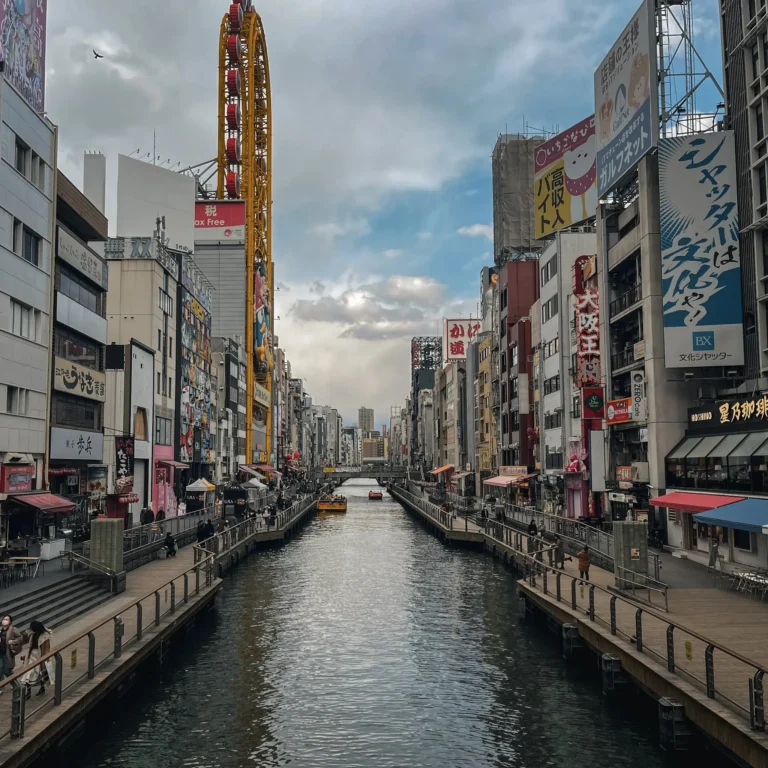
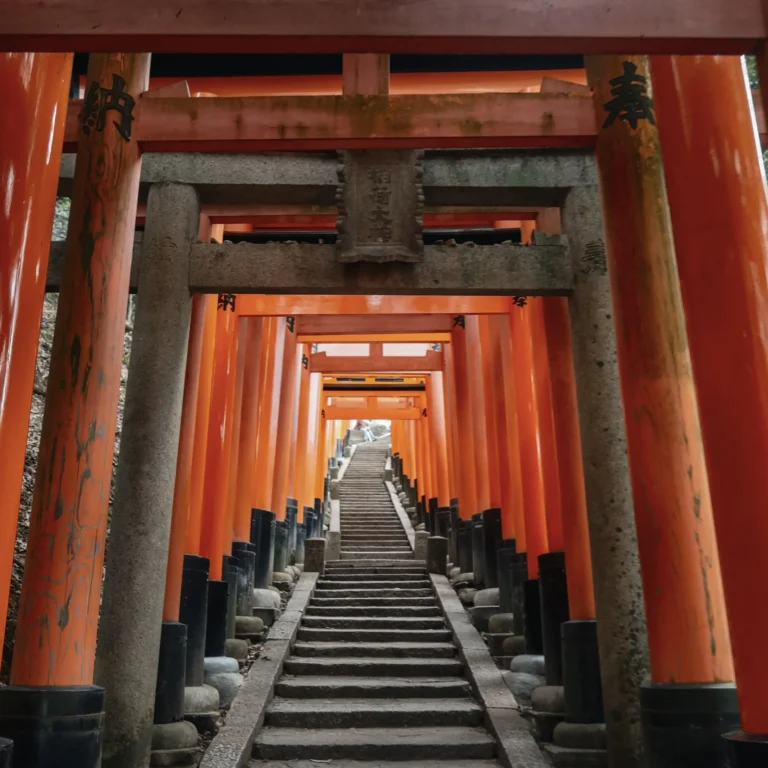
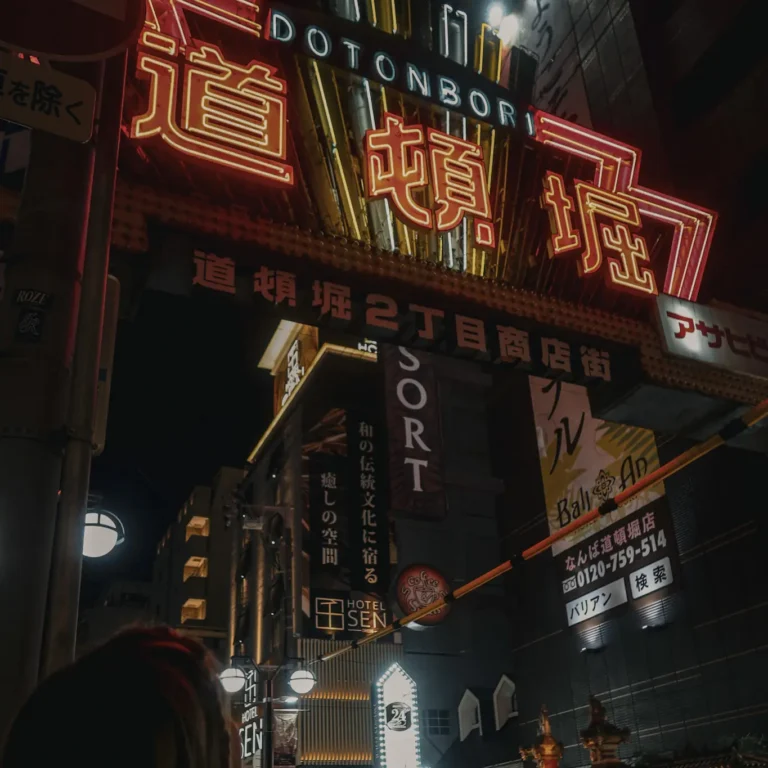
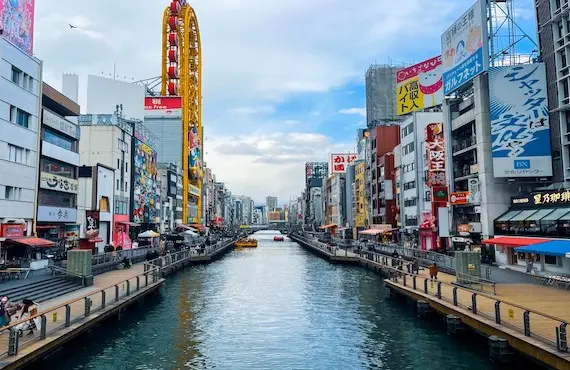
Leave a Reply